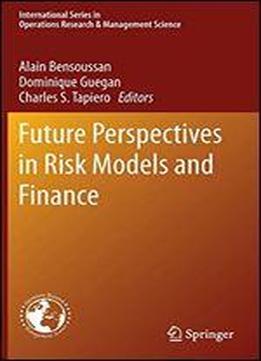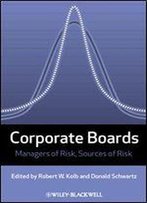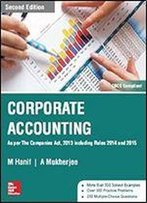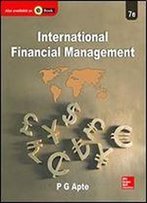
Future Perspectives In Risk Models And Finance (international Series In Operations Research & Management Science)
by Alain Bensoussan /
2014 / English / PDF
3.7 MB Download
This book provides a perspective on a number of approaches to financial modelling and risk management. It examines both theoretical and practical issues. Theoretically, financial risks models are models of a real and a financial uncertainty, based on both common and private information and economic theories defining the rules that financial markets comply to. Financial models are thus challenged by their definitions and by a changing financial system fueled by globalization, technology growth, complexity, regulation and the many factors that contribute to rendering financial processes to be continuously questioned and re-assessed. The underlying mathematical foundations of financial risks models provide future guidelines for risk modeling. The books chapters provide selective insights and developments that can contribute to better understand the complexity of financial modelling and its ability to bridge financial theories and their practice.
Future Perspectives in Risk Models and Finance begins with an extensive outline by Alain Bensoussan et al. of GLM estimation techniques combined with proofs of fundamental results. Applications to static and dynamic models provide a unified approach to the estimation of nonlinear risk models.
A second section is concerned with the definition of risks and their management. In particular, Guegan and Hassani review a number of risk models definition emphasizing the importance of bi-modal distributions for financial regulation. An additional chapter provides a review of stress testing and their implications. Nassim Taleb and Sandis provide an anti-fragility approach based on skin in the game. To conclude, Raphael Douady discusses the noncyclical CAR (Capital Adequacy Rule) and their effects of aversion of systemic risks.
A third section emphasizes analytic financial modelling approaches and techniques. Tapiero and Vallois provide an overview of mathematical systems and their use in financial modeling. These systems span the fundamental Arrow-Debreu framework underlying financial models of complete markets and subsequently, mathematical systems departing from this framework but yet generalizing their approach to dynamic financial models. Explicitly, models based on fractional calculus, on persistence (short memory) and on entropy-based non-extensiveness. Applications of these models are used to define a modeling approach to incomplete financial models and their potential use as a measure of incompleteness.Subsequently Bianchi and Pianese provide an extensive overview of multi-fractional models and their important applications to Asset price modeling. Finally, Tapiero and Jinquyi consider the binomial pricing model by discussing the effects of memory on the pricing of asset prices.










